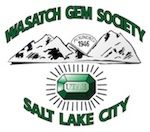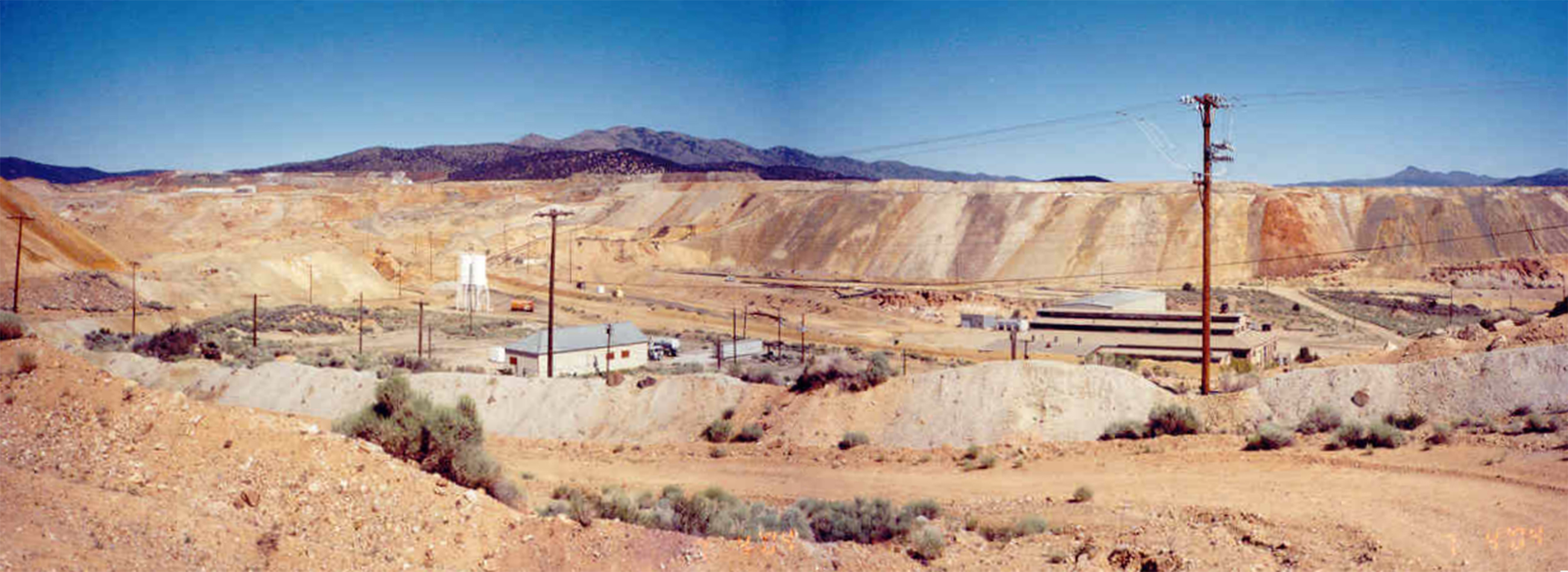The floor of the Yellowstone caldera has risen at a rate faster than has ever been observed before, according to a new study that gives further proof that "ground deformation" at the park resembles the gently heaving chest of a slumbering giant.
The likely cause of the uplift is a volcanic intrusion of molten rock that has moved upward 50 to 60 miles and flattened into a pancake the size of Los Angeles a few miles below the surface, according to a study to be published Friday by University of Utah scientists.
Meanwhile, further research is needed to investigate the role hot water and gases play in the mysterious rise and subsidence of Yellowstone, the marquee national park famous for its geothermal features. The new findings in no way should be construed as a harbinger of a natural disaster.
"There is no evidence of an imminent volcanic eruption or hydrothermal explosion. That's the bottom line," said seismologist Robert B. Smith, the study's lead author and a U. professor of geophysics. "A lot of calderas worldwide go up and down over decades without erupting."
Still, the floor of the Yellowstone caldera rose 7 inches during the 30-month study period that concluded at the end of 2006. The 2.8-inch-per-year rate of uplift was much more rapid than had ever been observed since scientists began recording Yellowstone's ground movement in 1923. Previously, the most rapid uplift occurred from 1976 to 1985, when the bulge grew less than an inch a year, according to the article titled, "Accelerated Uplift and Magmatic Intrusion of the Yellowstone Caldera, 2004 to 2006," in the Nov. 9 edition of Science.
"Our best evidence is that the crustal magma chamber is filling with molten rock," Smith said. "But we have no idea how long this process goes on before there either is an eruption or the inflow of molten rock stops and the caldera deflates again."
Yellowstone overlies a "hotspot" in the earth's crust that has produced massive eruptions, at least 140 over the past 16 million years. Hundreds of miles below, scientists believe, is a massive plume of magma that occasionally releases blobs of molten rock that rise and fill the chamber under the Yellowstone caldera.
The last three Yellowstone eruptions, all of which released hundreds of times more energy than the 1980 eruption of Mount St. Helens, occurred in 650,000-year intervals. Because the last cataclysmic eruption occurred 642,000 years ago, some wonder whether the region is due for another wave of destructive eruptions. A geological legacy of this ancient volcanism is the park's wonderland of geothermal features that Smith likes to describe as a window into the depths of the Earth.
"We still don't know much about the volcanic process in Yellowstone. We need to collect data to determine density [of the magma plug]. Gravity change will tell us the role of gases," said Wu-Lung Chang, a U. postdoctoral associate who co-authored the Science article. "We haven't found any connection between the movement of magma and changes in hydrothermal activity observed on the surface."
The U. findings were produced from data gathered at 12 Global Positioning System (GPS) stations that continuously monitored ground movement around Yellowstone. Interestingly, these stations revealed the ground deformation has not been uniform across the caldera, so that the bulge appears to move around like a restless cat under the blankets on a bed. For example, GPS readings near Yellowstone Lake's north shore revealed slight subsidence during the first half of 2004, while 20 miles to the north at Norris at caldera's periphery, the floor rose. This motion reversed in July 2004, with the lake station recording rapid uplift over the next year.
"There is a thought it comes from migration of hydrothermal fluids. The challenge is to measure the right indicators, the fluids that are coming out of Yellowstone, and see what they can tell us about what's going on underneath," said Jake Lowenstern, who heads the U.S. Geological Survey's Yellowstone Volcano Observatory. "There are thousands of thermal features in the caldera. The challenge is to look at the system in a holistic manner so we can tie it back to what's happening down below."
Researchers are placing more sensors on the ground and sinking seismic instruments in shallow wells to measure changes in the mass of the magma plug. The hope is to determine changes in gravitational influences that would result as the magma cools and crystallizes.
"It's a very fascinating and well-done scientific study. It very nicely documents the ground deformation that's ongoing. It presents intriguing interpretations that will form the basis for future scientific studies," said Henry Heasler, Yellowstone National Park geologist.
"This clarifies some of the questions that need to be answered. It doesn't pose the ultimate answer. Already the park has permitted additional instrumentation that will answer the water question," he said. "The park's job is to allow careful studies that don't impact natural resources and visitors' enjoyment of the park."
By Brian Maffly
The Salt Lake Tribune
Published: November 9, 2007




